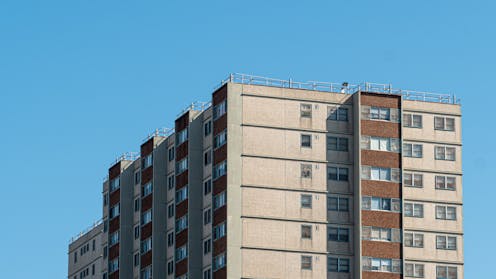In No Church in the Wild, Murray Middleton shines a light on conflicts that define contemporary Australia
- Written by Suzie Gibson, Senior Lecturer in English Literature, Charles Sturt University

Before commencing Murray Middleton’s new novel – the follow-up to his Vogel Award-winning debut When There’s No Where Else to Run (2015) – some readers might be taken aback by the title, which evokes a song of the same name.
The lyrics of No Church in the Wild, which opens Jay-Z and Kanye West’s celebrated 2011 album Watch the Throne, describe struggles between a “mob” and a “king”, and a “king” and a “God”.
Struggle is implicit in a title that opposes a place of worship with a wilderness, invoking the division between the sacred and the profane. Tellingly, though, the church is not in the wild, its absence suggesting that Middleton’s fiction is concerned with things that are missing: tolerance, supportive institutions, shared beliefs, even grace.
Review: No Church in the Wild – Murray Middleton (Picador)
Set in Melbourne, No Church in the Wild chronicles the lives of disadvantaged young immigrants. Three foregrounded institutions – police, education, housing – are all failing the boys at the centre of the novel. Ali, Walid and Tyler live in decaying housing commission towers; they are misunderstood by their teachers and demonised by the authorities.
The novel’s opening scene, not unlike West and Jay-Z’s music, is both memorable and unsettling, depicting a clash between police and African youths:
The cops have been hanging around the flats for months, doing slow circles of the car park in unmarked Holdens, getting Afros to empty their pockets on the half-court…
The scene invokes the infamous Melbourne tower-block lockdown during the height of the COVID pandemic, an episode that sparked a debate over the racial profiling of immigrants. Indeed, racial profiling is threaded through a novel that is deeply concerned with the question of how prejudice colours perception. As an omnipresent force, prejudice is seen to arise, interestingly, from characters’ insecurities, as they forge a sense of self through the denunciation of others.



















